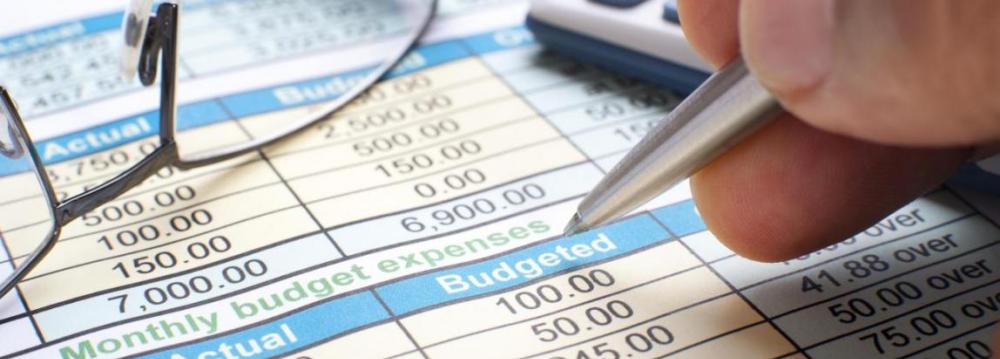The 42-day delay before the government submitted the draft of the 2016-17 budget to the parliament attracted little attention in the spate of good news triggered by the removal of international sanctions.
Interestingly, Mohammad Baqer Nobakht, head of Management and Planning Organization, insisted that the delay in the submission of the budget and Iran’s sixth five-year development plan (2016-21) was unavoidable, as the parliament wanted them together and the assurance of sanctions removal was needed.
Some of the good news prior to the announcement of International Atomic Energy Agency confirming Iran’s compliance with the terms of the July 14 nuclear agreement include Iran’s purchase of 114 Airbus and the $1.7 billion paid by the US in financial settlement for the arms it never delivered.
Following the Implementation Day–the day sanctions began to roll back–the overall index of Tehran Stock Exchange witnessed a 2.1% increase. President Hassan Rouhani referred to last-minute negotiations that led to the removal of sanctions from Bank Sepah. There was news about 1,000 letters of credit (LC) issued immediately over the weekend!
Swimming against the tide, the question is how justifiable is the optimistic budget of the upcoming year? The two most important figures of the budget, the exchange rate and the oil price, show a huge rift with market realities.
Crude oil is estimated to be $35 to $40 per barrel and one US dollar is equivalent to 29,970 rial that is below the current official rate of 30,178. This begs the question: Is the government committed to a signaling strategy?
The considered exchange rate in the budget is 21% lower than the current market rate, which casts doubt on the government’s decision to seek a unified exchange rate.
As the variability of exchange rate is detrimental for FDI attraction, the government might have decided to reduce the risk of exchange rate variation for foreign investors by guaranteeing the official rate that requires the system of dual rates.
Although promising a unified rate in six months, the Central Bank of Iran has insisted that it will stabilize the forex market with the declared aim of taming the inflation.
As the Central Bank of Iran is the main supplier of dollars and currently has access to billions of dollars from freed assets, it can perfectly manage the forex market. Hence, the question is if the decision to stabilize the exchange rate is economically a wise decision.
Stable forex market and a strong rial help the government to implement another round of interest rate cut, which is considered a major obstacle to Iranian businesses and growth in general. By stabilizing the forex market, the government will reduce the risk of capital outflows to forex market for the purpose of speculation.
On the other hand, the rial appreciation harms Iran’s non-oil exports and increases imports that further impair domestic manufactures. The contribution of agriculture, mines and industries to Iran’s GDP was 26% in 2012 when the value of the dollar increased to an unprecedented level as compared to 20% in 2011.
In the tradeoff between attracting FDI and supporting domestic manufacturers, it seems the priority is given to the FDI. This path is what we are used to: using our foreign reserves to import goods.
The only exception is that this time we hope to import the production line instead of finished products.
As for the projected oil price, the unrealistic price of oil is not justifiable on any grounds. If the crude price happens to be $25–as many predictions indicate–the government will face a budget deficit with a shortfall of $4 billion to 6 billion in oil revenues.
Digging for a reason, a $35 crude price shows that the government has a strong belief about its foreign policy.
The government rushing to deliver good news, which is certainly instrumental in forming high expectations, has took too long to prepare an optimistic budget that mostly relies on foreign investment.
If all goes as planned, even while accumulating a budget deficit, the economic growth will give government a breathing space to unify the exchange rate and opt for a floating exchange rate.



